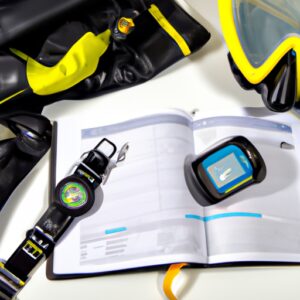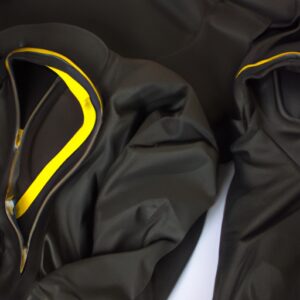
A Guide to Buying a Scuba Regulator: What You Need to Know
Yo, fellow scuba divers! Are you looking to buy a new scuba regulator but don’t know where to start? Don’t worry, I got you covered! As a long-time diver and gear enthusiast, I know the ins and outs of buying regulators. Here’s what you need to know before you make a purchase:
Understanding the Basics
Before we get into the nitty-gritty of buying a regulator, let’s first understand its basics. A scuba regulator is what allows you to breathe underwater by delivering compressed air from your scuba tank to your mouth. It consists of a first-stage, a second-stage, and a low-pressure hose.
First-Stage: Diaphragm vs. Piston
The first-stage regulator controls the air pressure in your scuba tank and delivers it to the second-stage regulator. When it comes to first-stage regulators, there are two types: diaphragm and piston.
Diaphragm regulators are sealed and protected against water contamination, making them ideal for cold water diving. They are also more environmentally friendly as they don’t use oil to lubricate their moving parts.
On the other hand, piston regulators are more durable and offer better air flow. They are suitable for warm water diving and often favored by technical divers.
Second-Stage: Balanced vs. Unbalanced
The second-stage regulator is what you put in your mouth to breathe underwater. When choosing a second-stage regulator, you have to decide between balanced and unbalanced.
A balanced second-stage regulator provides consistent airflow regardless of your depth or tank pressure. It’s more expensive but is a better choice for deep diving.
An unbalanced second-stage regulator is cheaper and requires more effort to breathe when your tank pressure is low or you’re at a deeper depth.
Other Considerations
Besides the type of regulator, there are other things to consider when making a purchase, including:
– Comfort: You want a regulator that fits comfortably and doesn’t cause jaw fatigue even after a long dive.
– Number of ports: The more ports your regulator has, the more options you have to connect it to other dive gear.
– Brand reputation: It’s best to stick with reputable brands that have been tested and proven by other divers.
Final Thoughts
Buying a scuba regulator can be overwhelming with all the options out there. But with these tips, you’ll be able to make an informed decision and choose a regulator that suits your diving needs. Remember to always take care of your gear and get it serviced regularly to ensure safe and enjoyable dives. Happy diving, y’all!







